Proper Lifting Techniques
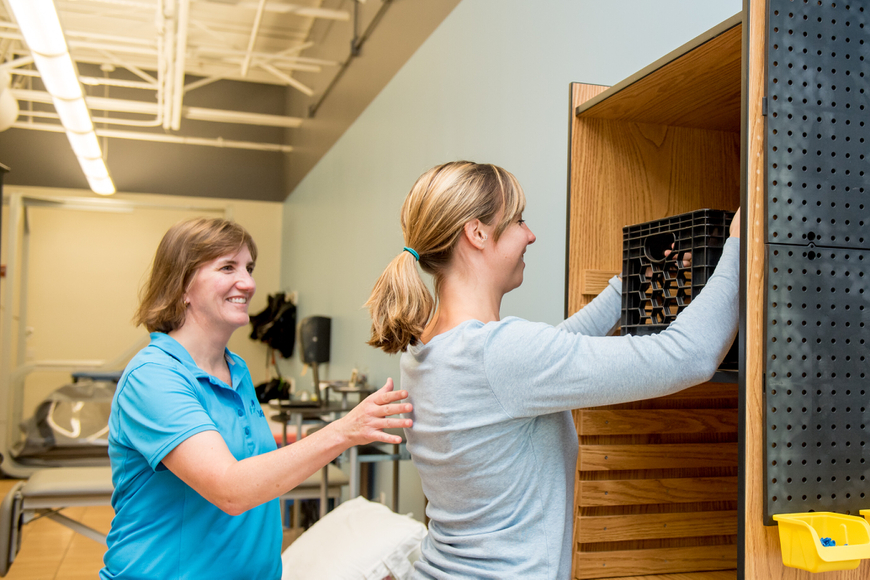
One of the leading causes of injury in the workplace is lifting objects too heavy and lifting incorrectly. According to the Bureau of Labor and Statistics in a 2001 report, 36% of missed workdays were due to back and shoulder injuries. The leading causes of these injuries being overexertion and cumulative trauma by bending and twisting motions. Back injuries account for one in every five injuries in the workplace. In the United States, over $50 billion is spent every year treating back injuries.
When you lift heavy loads or lift with bad posture where your spine comes out of its proper alignment, this places a greater load through the bones, ligaments, muscles and discs in your spine and other areas, as well as muscle fatigue, all which greatly increases the chance of injuries. Your muscles are also in an unhealthy position and do not work optimally.
You can avoid injuries of strains, sprains and disc herniations by lifting and moving materials properly. By making safe lifting techniques part of your normal routine, you can ensure you’ll stay injury free at work and with home tasks.
5 STEPS FOR A SAFE LIFT:
1. GET CLOSE: stand close to object
2. FEET WIDE: stand with wide base of support- feet slightly wider than shoulder width
3. USE YOUR LEGS:
A. Squat Or Bend Knees with buttocks out, chest out, head up and back straight (or slight inward arch= it’s natural curve)
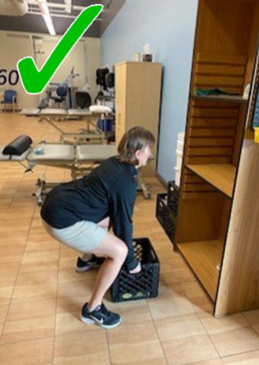
B. Half Kneel: back straight and head up
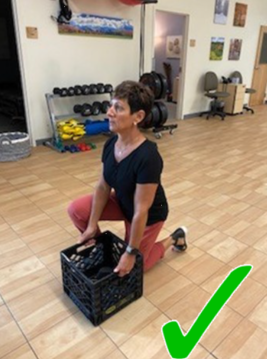
4. STAND WITH LOAD CLOSE: pull load close to your body as you lift in smooth motion
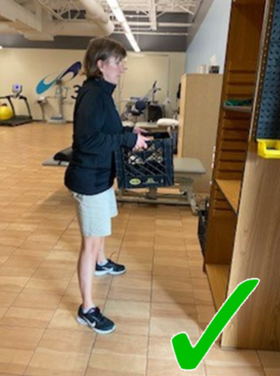
5. STEP IN TO THE DESTINATION: keep the load close to your body as long as you can, as you Step In, to unload the object.
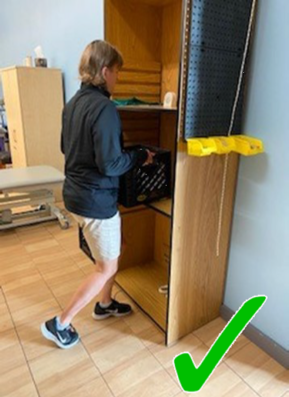
THE DON'T DOS OF LIFTING:
1. Never bend forward to lift an object
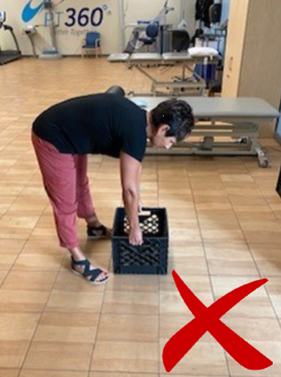
2. Never twist with an object, especially while lifting: always turn your feet in the direction your lifting and turning
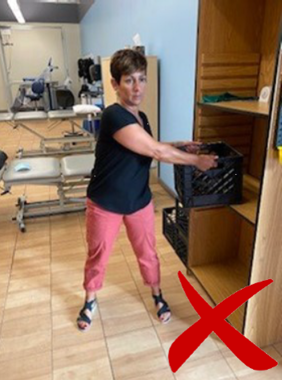
3. Don’t Reach the load away from your body while carrying, or when setting the load down
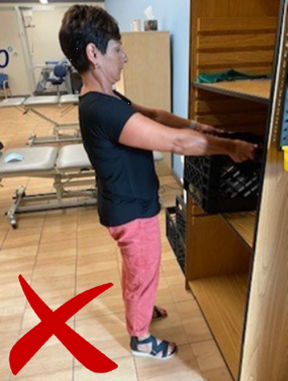
4. Don’t Throw materials
5. Don’t jerk the load- Lift in smooth, even pace
6. Don’t rush
7. Minimize working/ lifting overhead
TIPS
1. LOWER LOAD IN REVERSE: pull object close to your body, step away, squat down (load still close) with wide base of support.
2. KEEP ABS TIGHT: tighten stomach muscles during lifting process to help stabilize your back
3. KEEP THE LOAD CLOSE and centered in front during the entire lift, carrying and unloading- this evens out the load on your spine and body.
4. GET HELP with heavy (> 50#) or awkward loads: Use a 2nd person or a hand cart.
5. GOOD GRIP: make sure you have a good grip on the load before lifting
6. PLAN: size up the load (do you need assist) and make sure your path is clear
7. STORE heavy objects at waist level


